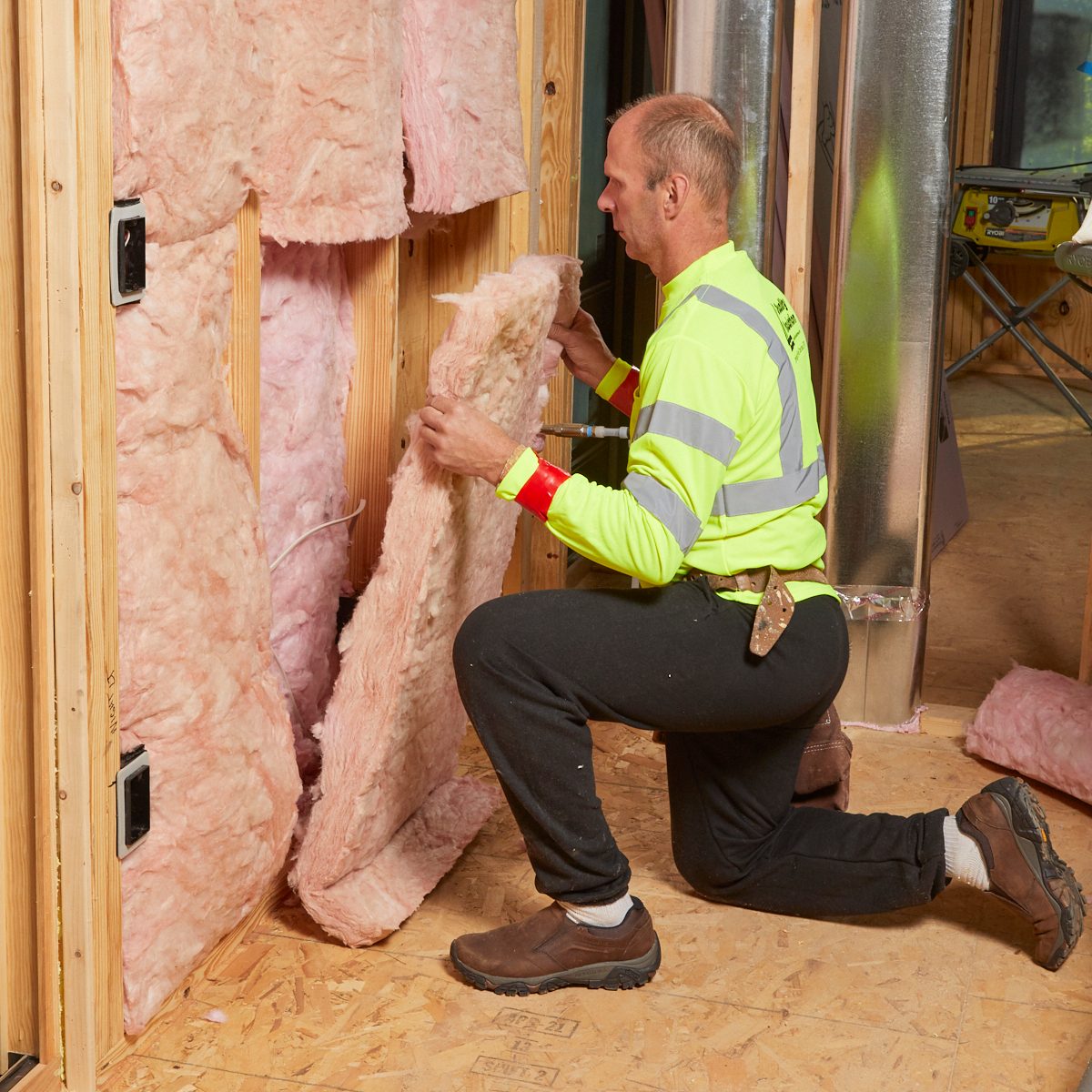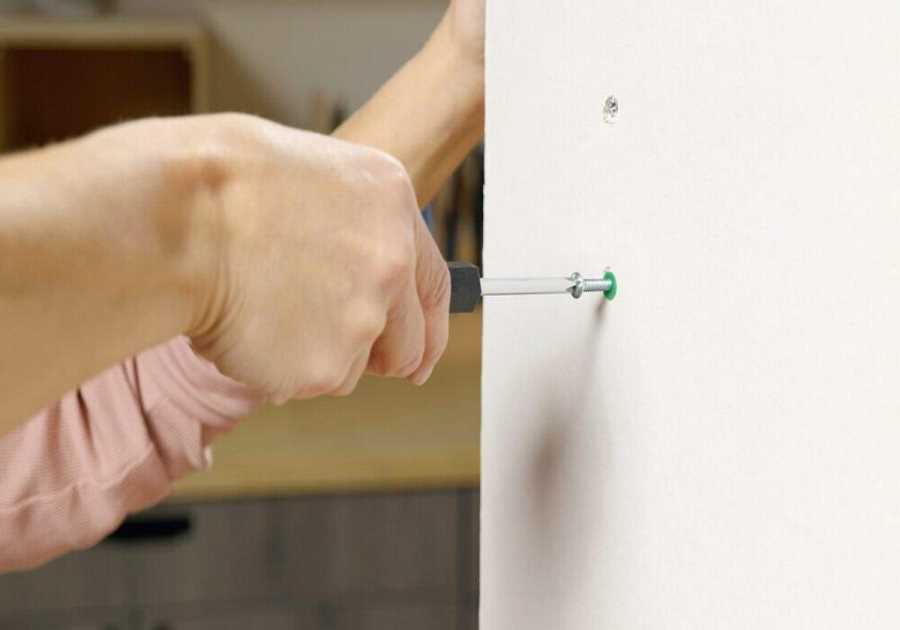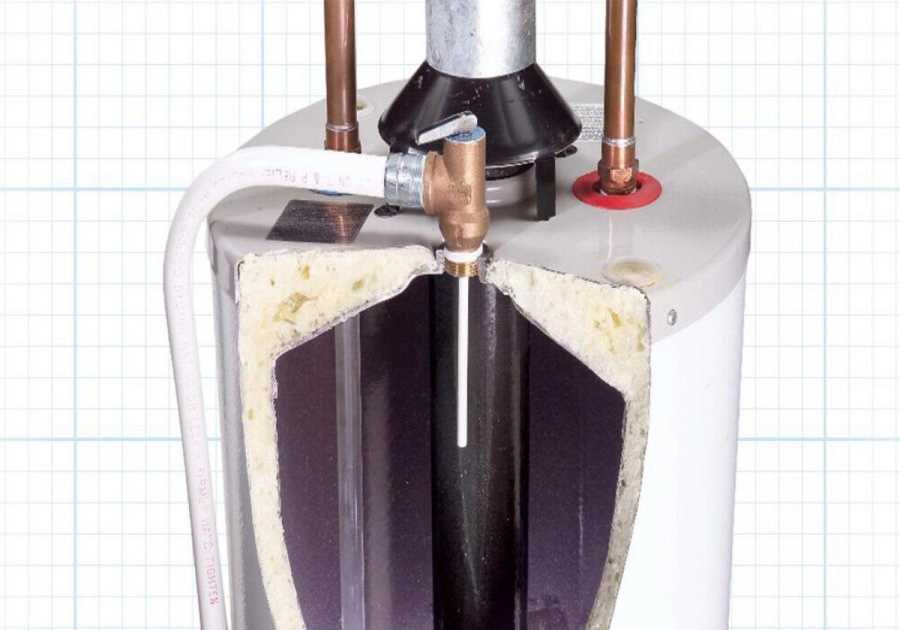Insulating your home well means more than just filling the walls. All building materials — sheathing, drywall, siding, insulation, windows, even vapor barrier — contribute to the overall R-value of a structure. We’re building in International Energy Conservation Code (IECC) Climate Zone 6, so code requires us to achieve an overall R-value of 15. Here’s what all that means, and how we met the requirements.
R-Value Explained
- R-value refers to the resistance (R) insulation has to temperature conduction. The higher the R-value number, the better a material prevents the flow of heat into (or out of) a structure.
- The higher R-value you achieve, the more money you can save on heating and cooling bills.
The “hot roof” option
- Since our Getaway doesn’t have an attic, there is no ceiling space to lay down batts of insulation. Our only option was a hot roof, i.e. a roof that’s insulated and sealed.
- We chose spray foam for speed and consistency. A hot roof also may have rigid foam sandwiched between the roof sheathing and the roofing material.
Insulate the rim joist
- The best way to insulate a rim joist is to use closed-cell spray foam. It’s fast, thoroughly seals the space and is actually fun to apply.
- We’re aiming for a thickness of two inches, which provides an R-11 rating.
- Rigid insulation is another option for rim joists. Adding it requires no special equipment, but it’s a time-consuming process.
Batt insulation for the walls

- Owens Corning has a new formulation for batt insulation. It’s made from the highest recycled content in the industry and a new sustainable manufacturing process.
- We love it because the new product eliminates the nasty itch that makes most insulation difficult to work with. We just might look forward to our next insulation project!
Did you miss our previous article...
https://rsssuperfeeds.com/life-hacks/7-best-fire-pit-ring-inserts-for-2021






